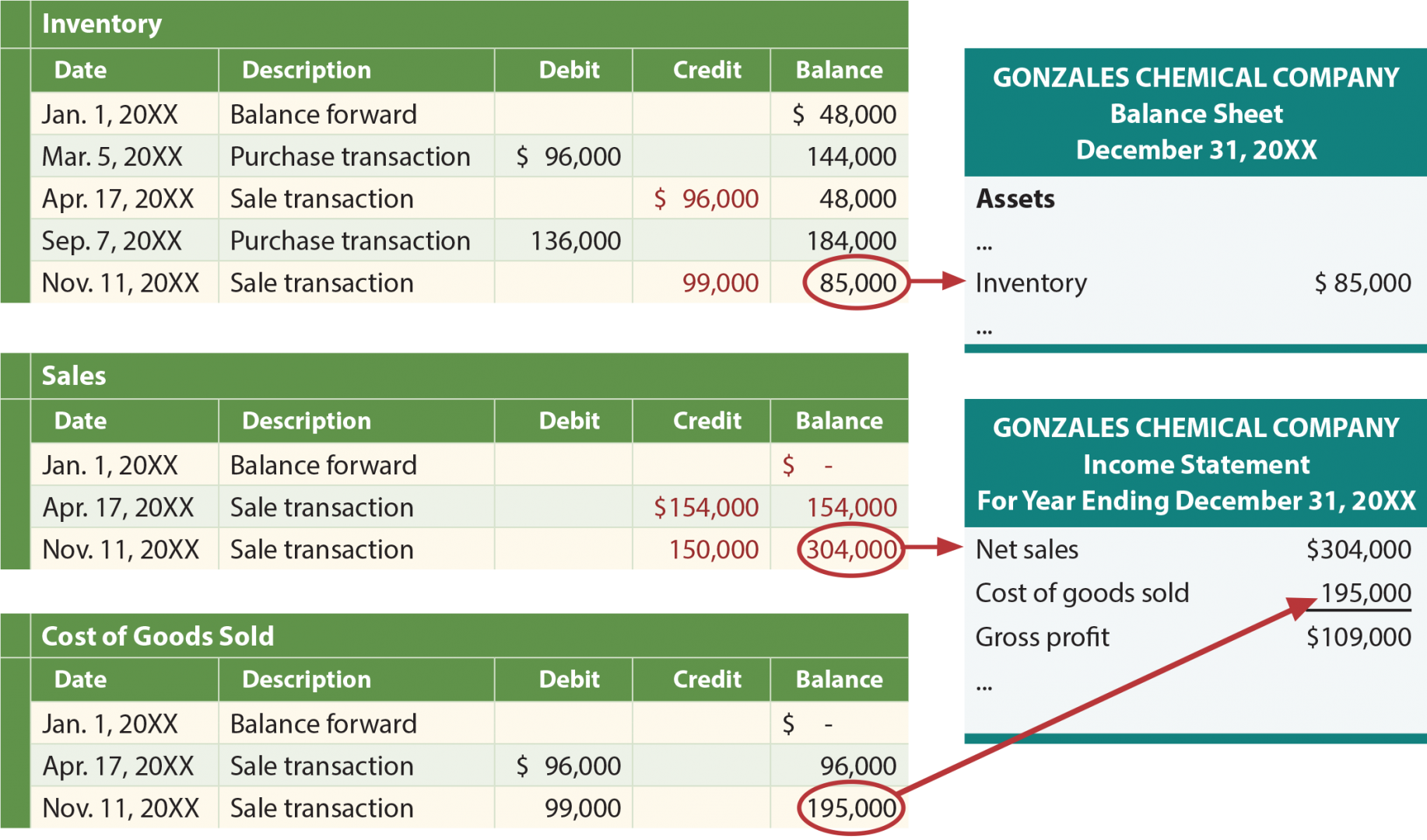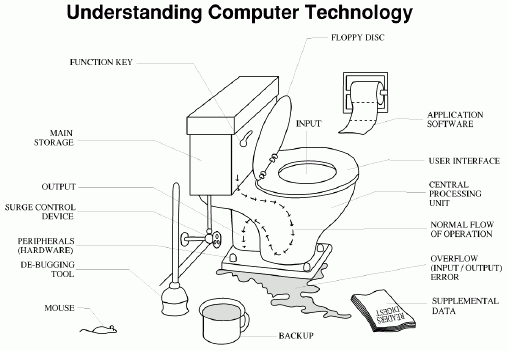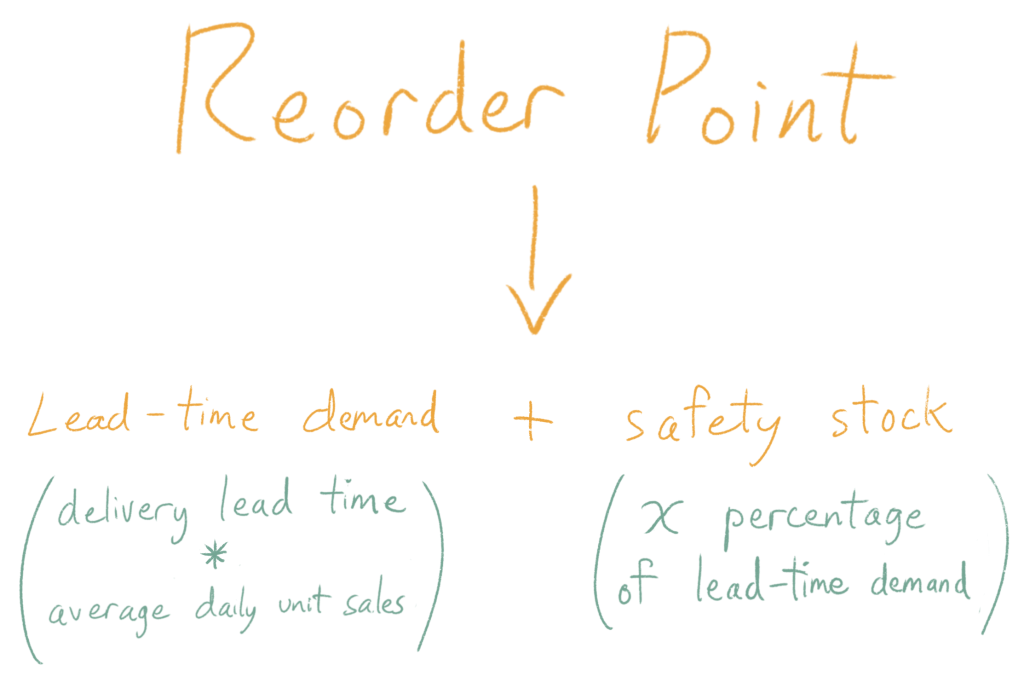An Introduction to
Inventory Management
 Inventory Management is an oxymoron. It is also black magic. Inventory Management is vital to maintaining sales and limiting the working capital a company uses to maintain operations. Get it right and everyone is happy. Get it wrong, and things go bad.
Inventory Management is an oxymoron. It is also black magic. Inventory Management is vital to maintaining sales and limiting the working capital a company uses to maintain operations. Get it right and everyone is happy. Get it wrong, and things go bad.
The financial world has always focused on inventory turnover and the working capital used by that inventory. Financial wizards define inventory by its dollar value. The dollars are important, but they only report the aggregate value of the inventory. Dollar value inventory is fungible; a dollar of peas and a dollar of motor oil have the same value to the financial analyst. However, the dollar of motor oil has little appeal to the hungry consumer looking for something to eat.
I declare Inventory Management an oxymoron because it is like jumbo shrimp; it is management to the manager, but mismanagement to the consumer. I declare Inventory Management to be a black art because there is magic to getting it right, consistently, over time. Show me an Inventory Manager who is consistently getting the inventory right over a year’s time, and I will start to look for the special tricks in their reports that hide the ugly truth of their performance. I will look for the scars on their arms and psyche.
Getting the inventory into a Goldilocks mode, not too much, not too little, is like catching a falling knife. You will get cut at some time. The Inventory Manager faces the challenge of managing two different forces that are far beyond the Manager’s powers: the consumer and the supplier. The consumer is the ultimate disrupter and the supplier the enabler of that disruption.
Understanding the Past to Understand the Challenge
 In the dark ages of, say, 1985, Inventory Management was the realm of buyers, purchasing agents, and some people in finance. They used crude policy, methods, tools and tactics. The finance people controlled inventory through the “open to buy” process, where buyers were given a set monthly budget in aggregate dollars of value for the month. The buyers used “never out” lists, spot sales reports, and snapshot inventory counts to monitor what they had in stock and what room they had to buy.
In the dark ages of, say, 1985, Inventory Management was the realm of buyers, purchasing agents, and some people in finance. They used crude policy, methods, tools and tactics. The finance people controlled inventory through the “open to buy” process, where buyers were given a set monthly budget in aggregate dollars of value for the month. The buyers used “never out” lists, spot sales reports, and snapshot inventory counts to monitor what they had in stock and what room they had to buy.
The outcomes were predictable. To the finance gurus, the inventory numbers looked good in aggregate; the inventory did not go over the magic “max line,” until it did. Inevitably the inventory value increased to grow past the “max line.” Usually sales dropped in the same period. Fingers got pointed and prices dropped to move the excess as clearance.
The problem was never the aggregate value target. The problem was in the details – the amount of each SKU kept at each store, at each DC. The problem also involved vendor performance, lead times that were short of reality, or fill rates that never could go past 60% because of the SKUs on backorder. Late deliveries created more chaos. So did disorganization in the DC, as inbound freight backed up and choked the docks at the beginning of the month, as the buyers released orders to the vendors.
Inventory tools of 30 and 40 years ago are still in use today. There are retail organizations that still live and die by the caveman club of the “open to buy” policy.
Somewhere along the way people started to look at the demand side. Their logic was, “if we can forecast better, we can plan for demand better.” Sounds reasonable, until the reality of the disruptive consumer kicks in. The forecasts looked good in aggregate and large time periods, but the details again created problems. Companies that started using past years’ performance to forecast the future started to run into strange spikes in demand, or buildup in inventory because of an unexplained spike in past demand. And, forecasts don’t work in fashion; what was hot last year is so last year in the present.
Over the past 30 years, computers got stronger, with more memory for data and more power in the processors. Software sophistication continued to double every few years, as did the complexity of the code and the data behind it. Processes became more complex, but often depended on the Mk 1 Human to “mash a button” and make the system work. I know of more than one company who had major inventory meltdowns because the “button masher” was on vacation and nobody started the process in his absence. The problem did not happen right away. No, the problem reared its ugly head weeks later, manifesting as extra large store orders when the monthly min/max recalculation kicked in.
The Realities of Today
Every advance in Logistics and Supply Chain brought the promise of solutions to the Inventory Management challenge. We have made progress. We use better tools, use better logic, and have smarter people deploying the better logic and using the better tools.
 But we still have stockouts. We still have excesses in inventory. We must, because we still have clearance sales. Companies still discover pools of working capital trapped in excess inventory, inventory they liquidate. Consumers go to stores and discover the item they want not in stock, both in the e-commerce and brick & mortar worlds of retail.
But we still have stockouts. We still have excesses in inventory. We must, because we still have clearance sales. Companies still discover pools of working capital trapped in excess inventory, inventory they liquidate. Consumers go to stores and discover the item they want not in stock, both in the e-commerce and brick & mortar worlds of retail.
The reality is, that as good as our strategy, logic and tools have become, our Supply Chains have evolved into more complexity. There are dozens of entities involved in most Supply Chains. A typical retailer now carries far more products from far more suppliers than they did 20 years ago. Even in consolidating industries, two different divisions of the same corporation perform differently.
The new logic and tools still depend on the same basic building blocks. The reality of today is that there are many people in Inventory Management roles that lack a basic understanding of the basics. Of the people who do understand the basics, they lack the vision and control over the variables of performance.
Before You Can Solve the Problem, You Must First Understand It
I don’t purport to be an APICS-certified wizard of Supply Chain or Inventory Management. I don’t need to be. What I do claim is that I understand the basics, and the underlying complexity of the inventory challenge. What we present in this topic area is more than the basics. We pull back the complexity curtain and illustrate what does mess up the inventory plan, and we offer ideas on how to change the performance of the Supply Chain to help the success of the plan.
Contrary to what the software sales and marketing people will claim, we say that the best way to bring order into your Supply Chain is to find the volatile performers in your Supply Chain and fix them. The answer is not better software, but in better use of the software you already have. Even if the tool that you have is Excel, you can do a better job using that tool if you know what to pay attention to and how to fix what is broken.
What we present here is the basics. Understand these basics and you will go far in learning the dark art of Inventory Management.
Inventory Management Sub-Topics
Main Topics
Article Series
What is Inventory Management & Control?
Inventory is an asset, just like cash, plant and equipment. Inventory is a special asset, because the business purchases inventory to sell to make a profit. For a retailer or wholesale distributor inventory is a vital part of the cash conversion process. For a manufacturer inventory is the materials used in the plant to make the product, the parts that go into the product.
Can a business operate without an inventory? Yes. Lawyers don't have inventories, but they sell their time and expertise. Television stations don't have an inventory, but they sell advertising time on the station. Inventory is a physical asset.
Inventory is cash, once removed. Too much inventory ties up too much working capital. Too little means reduced sales. Keeping the right amount of inventory is the art of the Inventory Manager. I call Inventory Management an art, and not a science, because there is a great deal of human judgment in the process. Yes, there is much math and technology used in Inventory Management. The math used is applied statistics and arithmetic. The technology is the record keeping systems (from a paper ledger book to electronic computer systems). These are just the tools and techniques used by the manager, much like the brushes of a painter or the instruments of the musician. These artists have to use math and finance skills, along with an artistry of analysis to understand how to maintain the right balance of inventory to meet demand, without too much or without running out of stock. A superior inventory management team can make a company into a cash generating powerhouse. Lackluster inventory management teams tie up millions in working capital while missing sales opportunities by not having enough stock.
These articles below will not teach you how to be an inventory manager. But they will teach you how to become a superior inventory manager. Read on for your success.
Finance
Inventory is an asset. When looking at the financial documents of a company you will find the listing for inventory under the Assets section, right under entry for Cash, on the top of the balance sheet.
Terminology
What is a name?
A name identifies something. People have names, as do dogs and cats. Buildings too. Machines have names...









